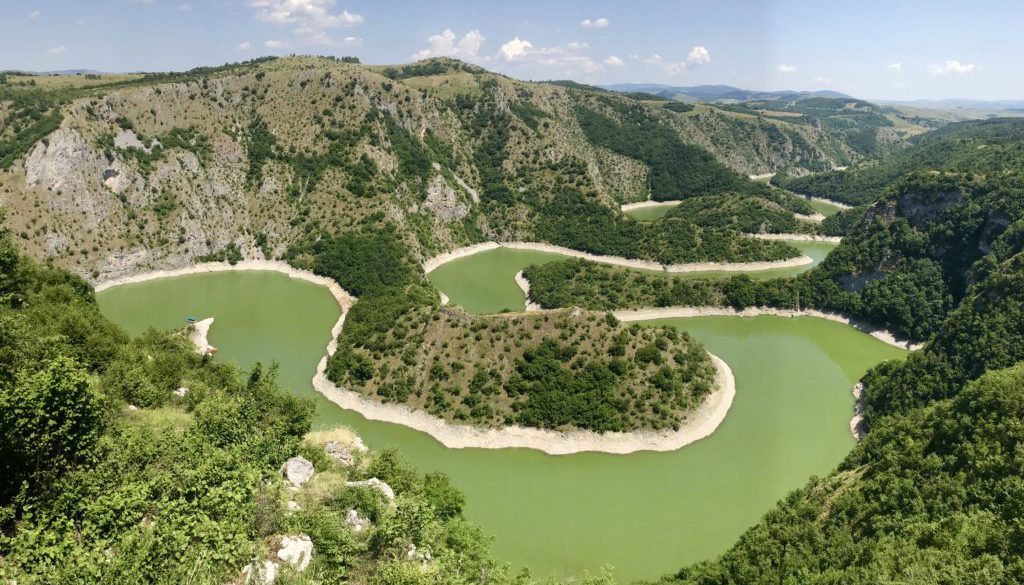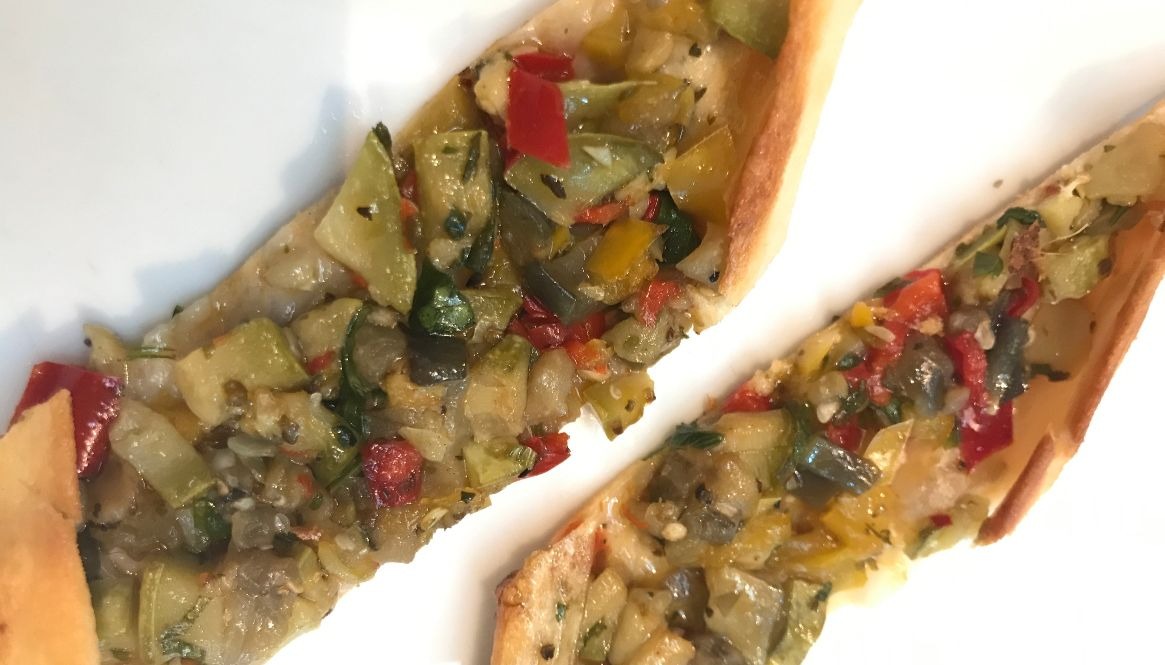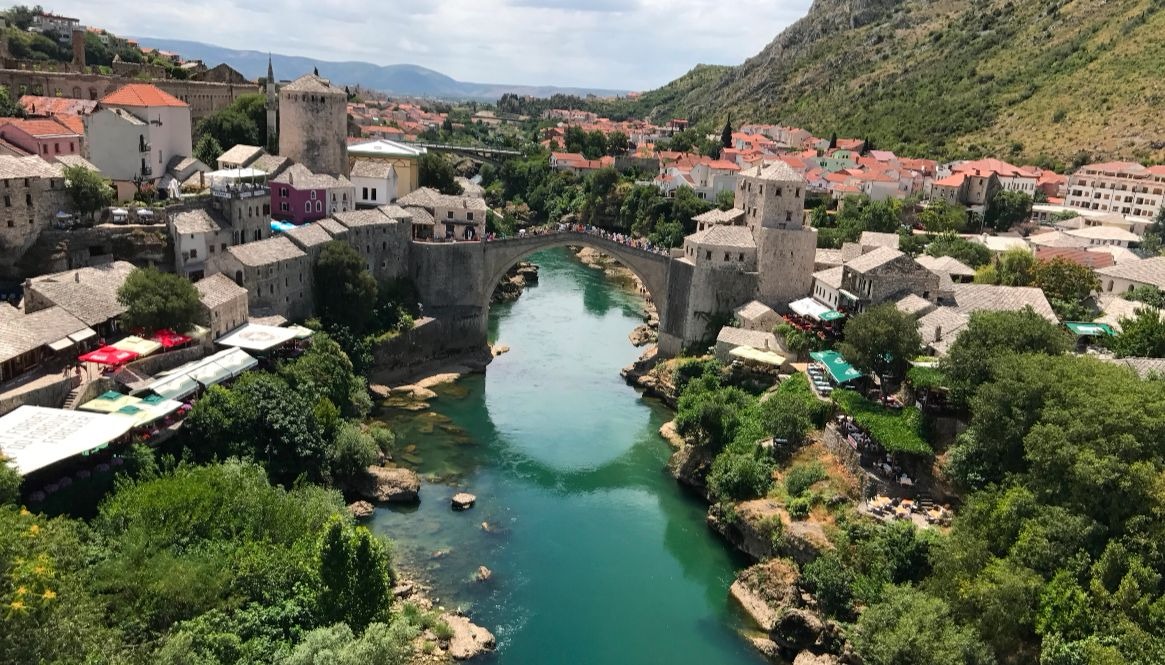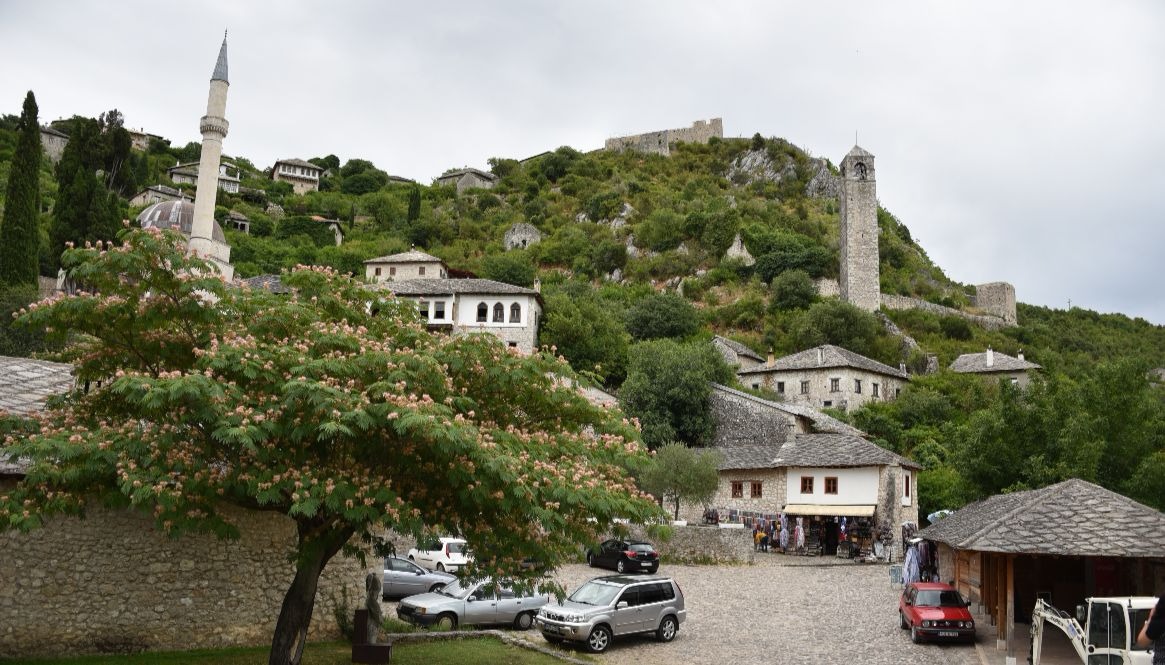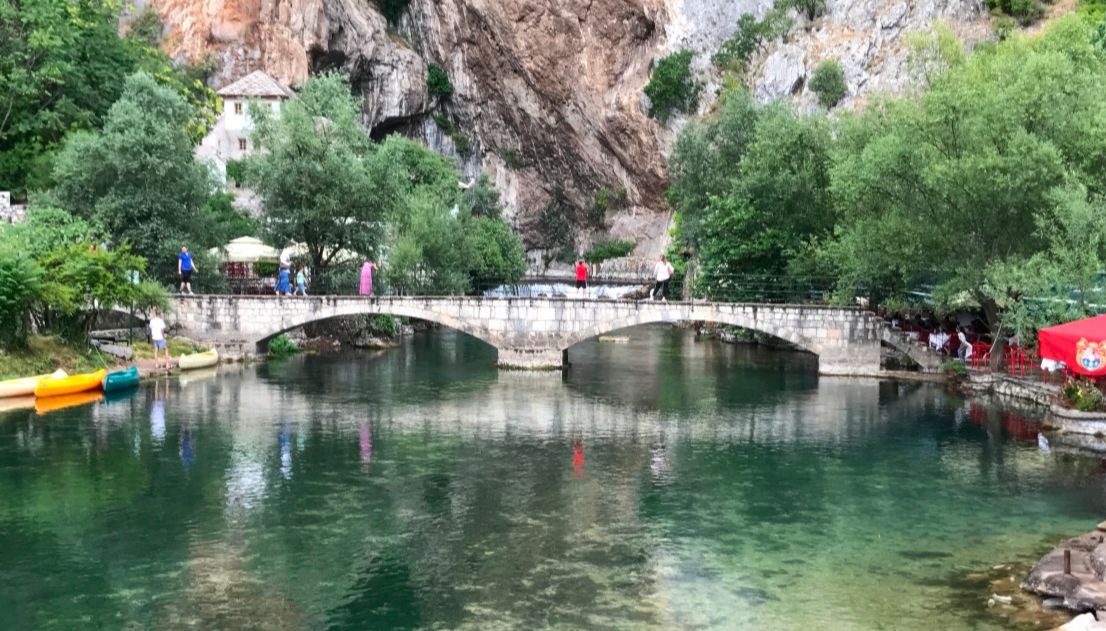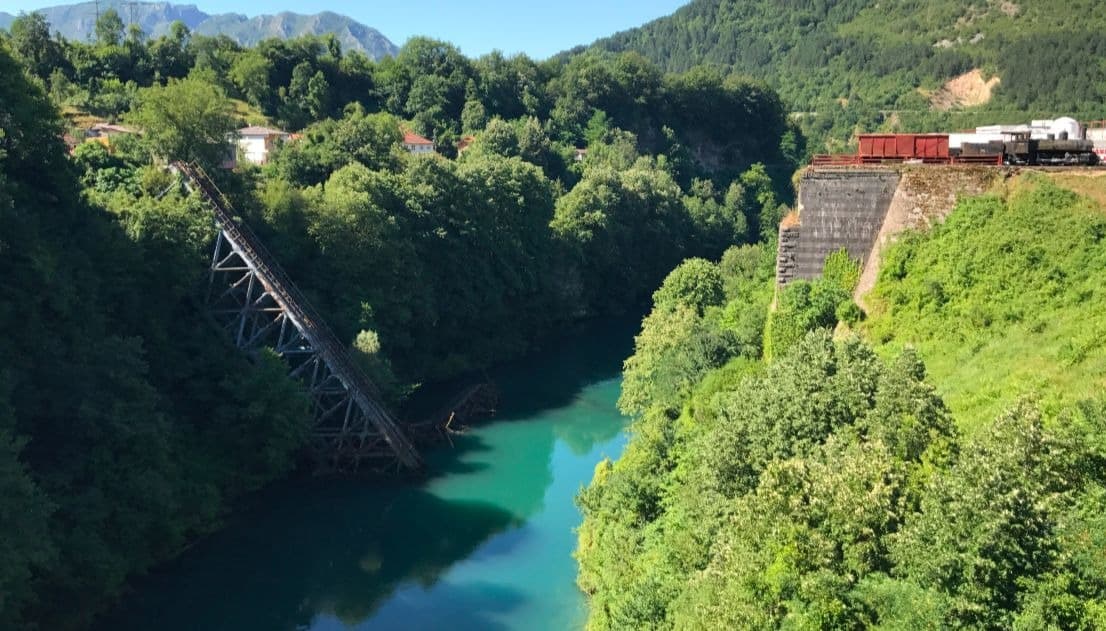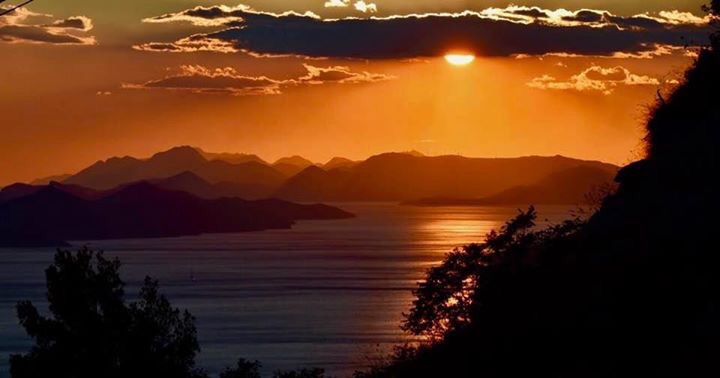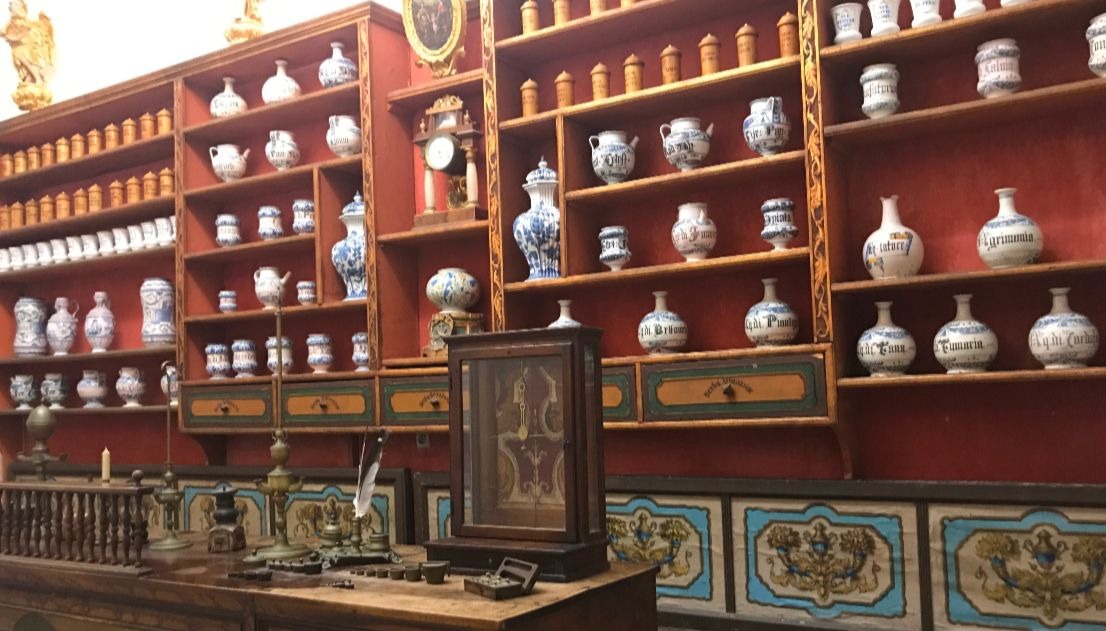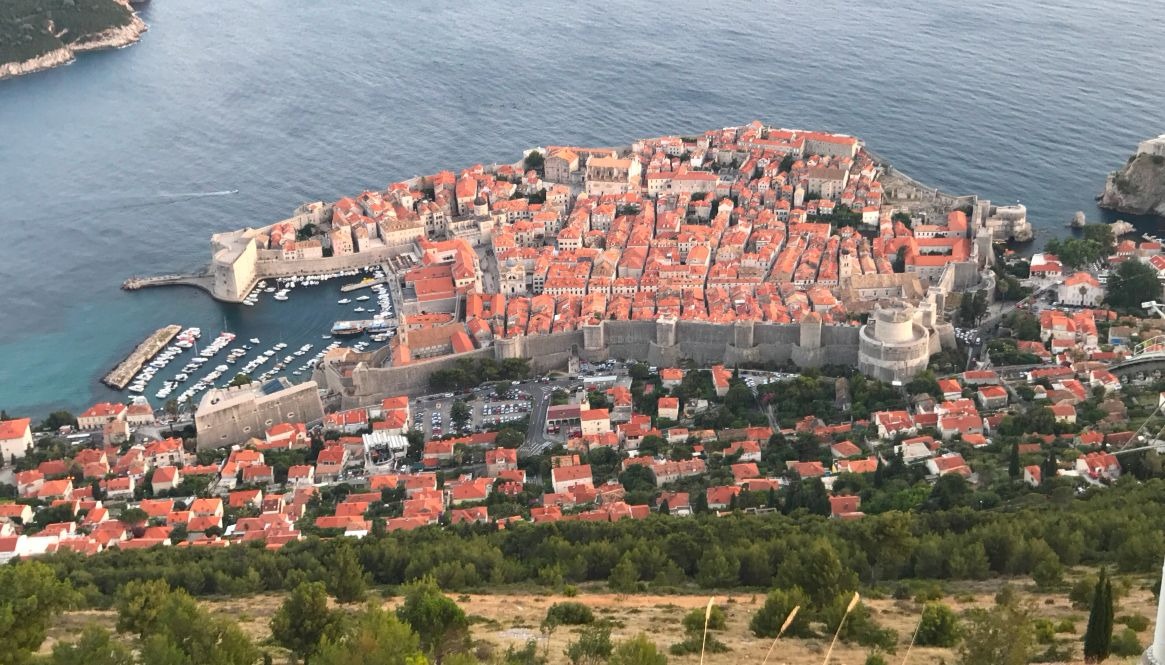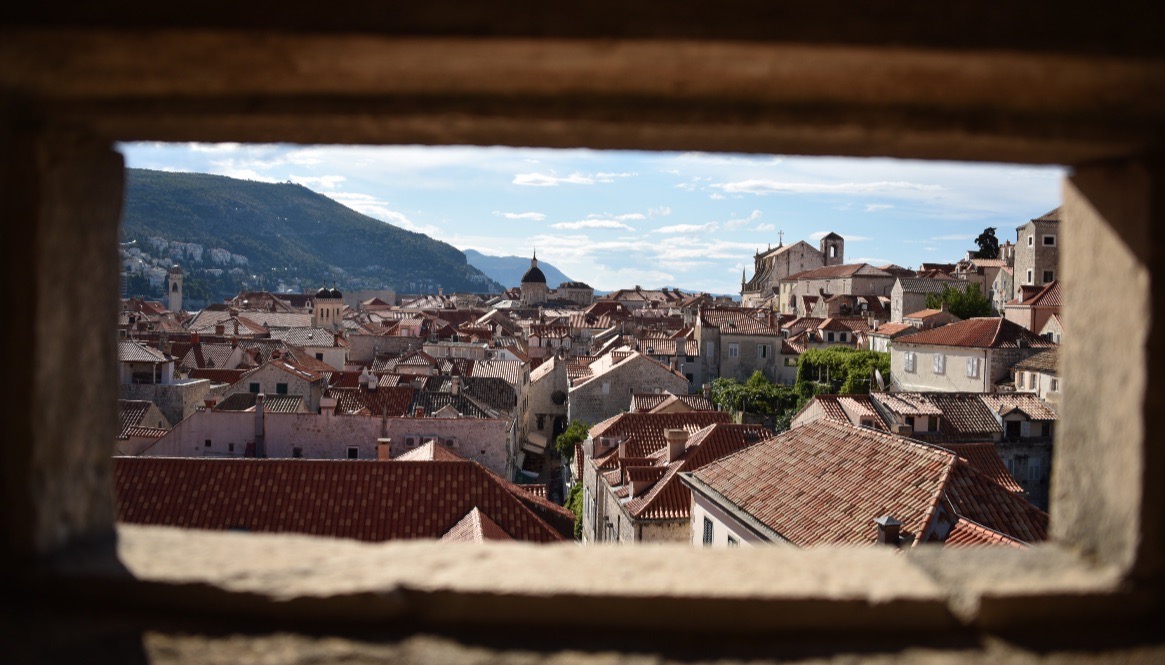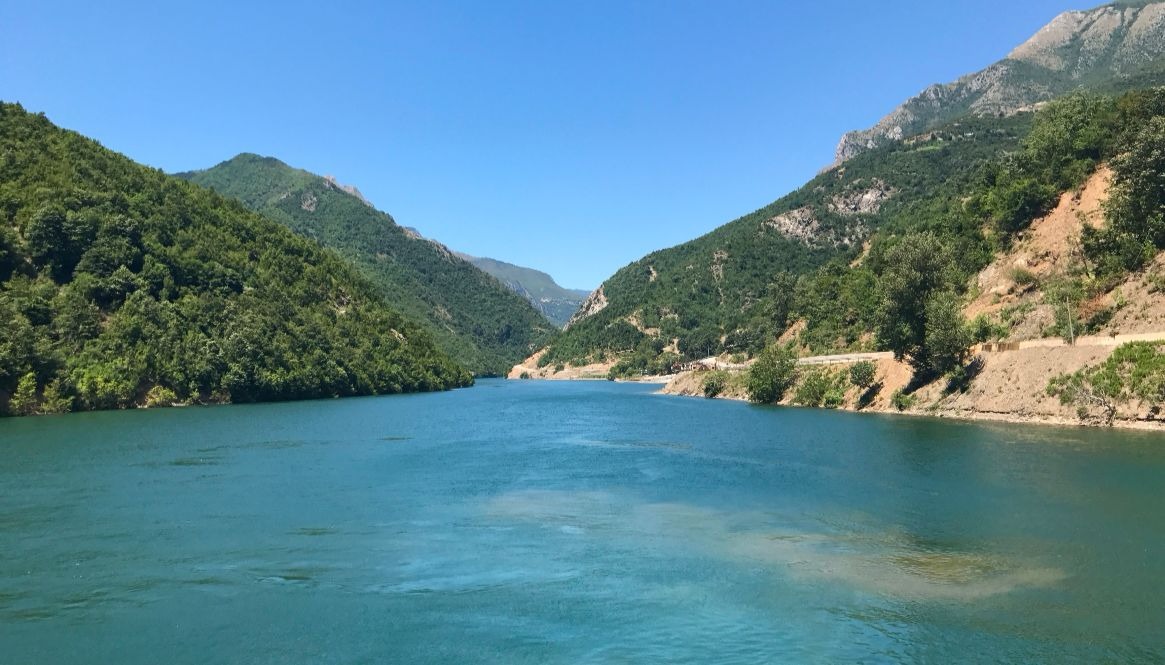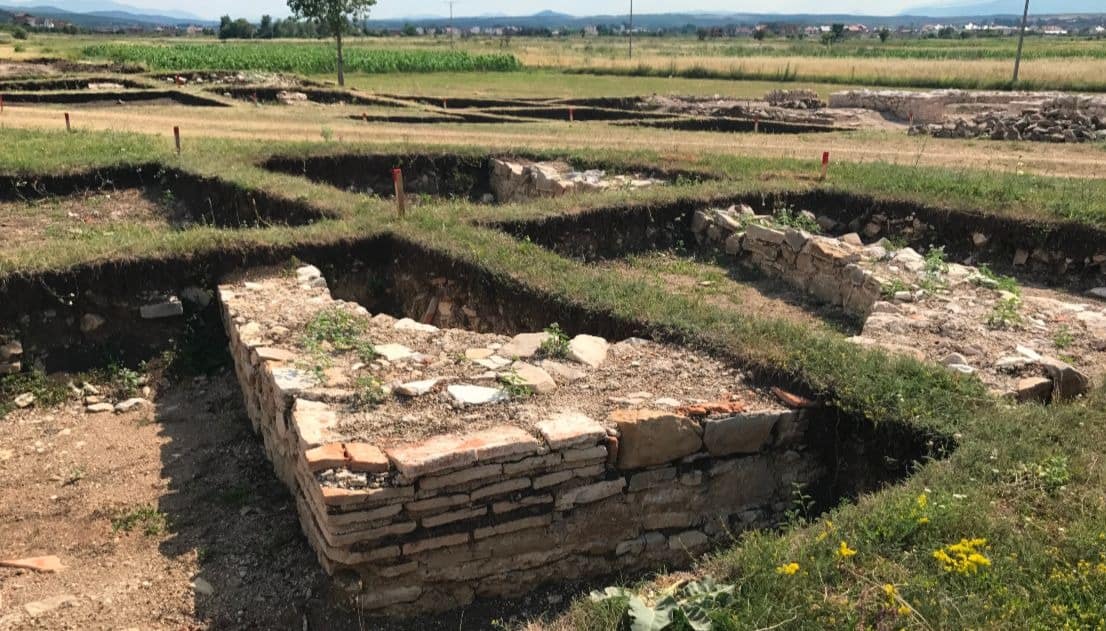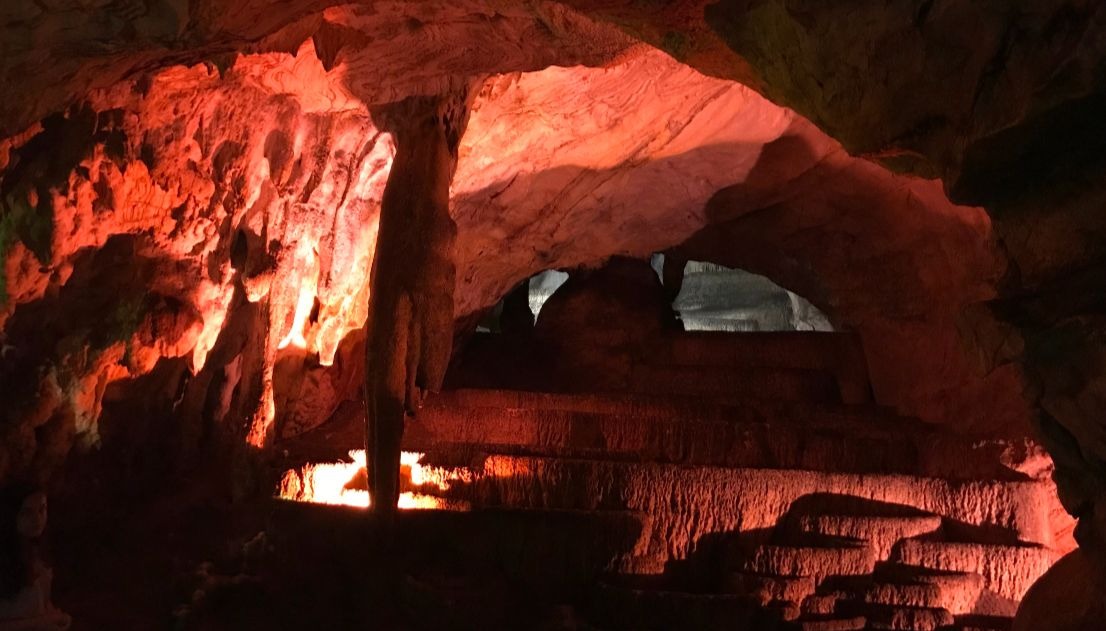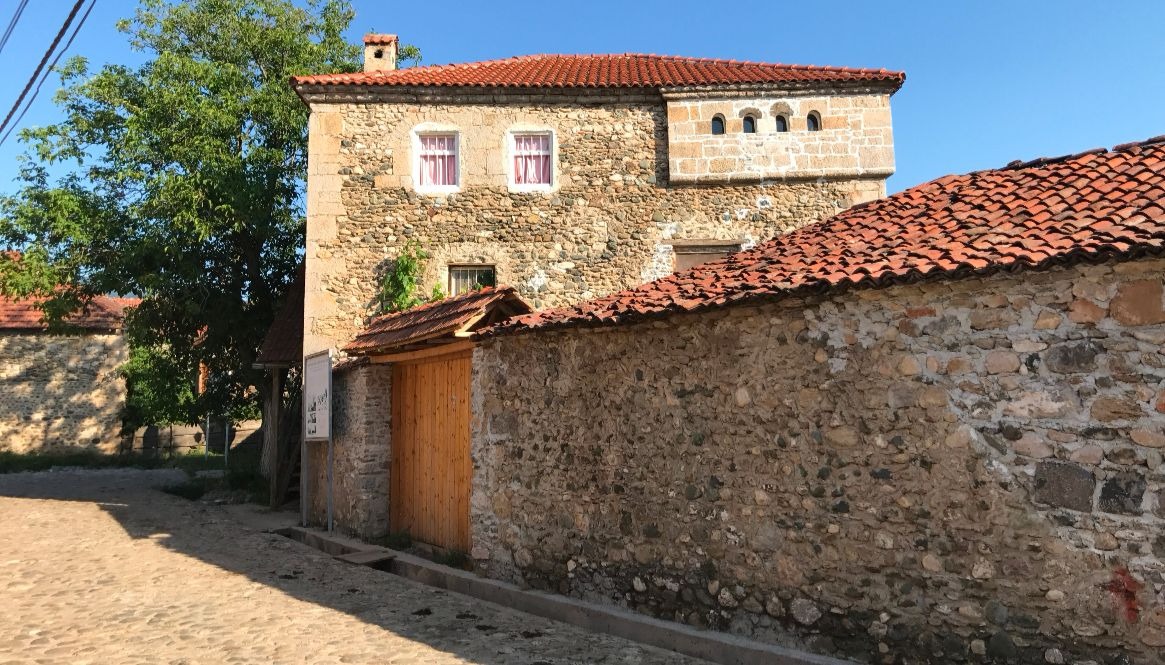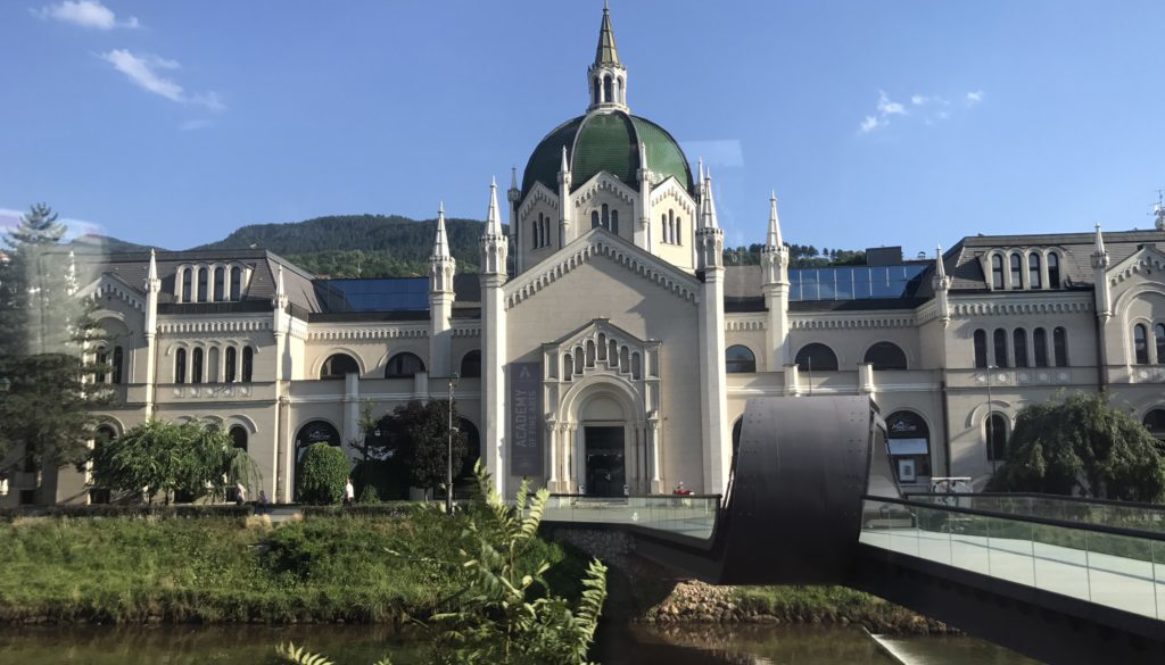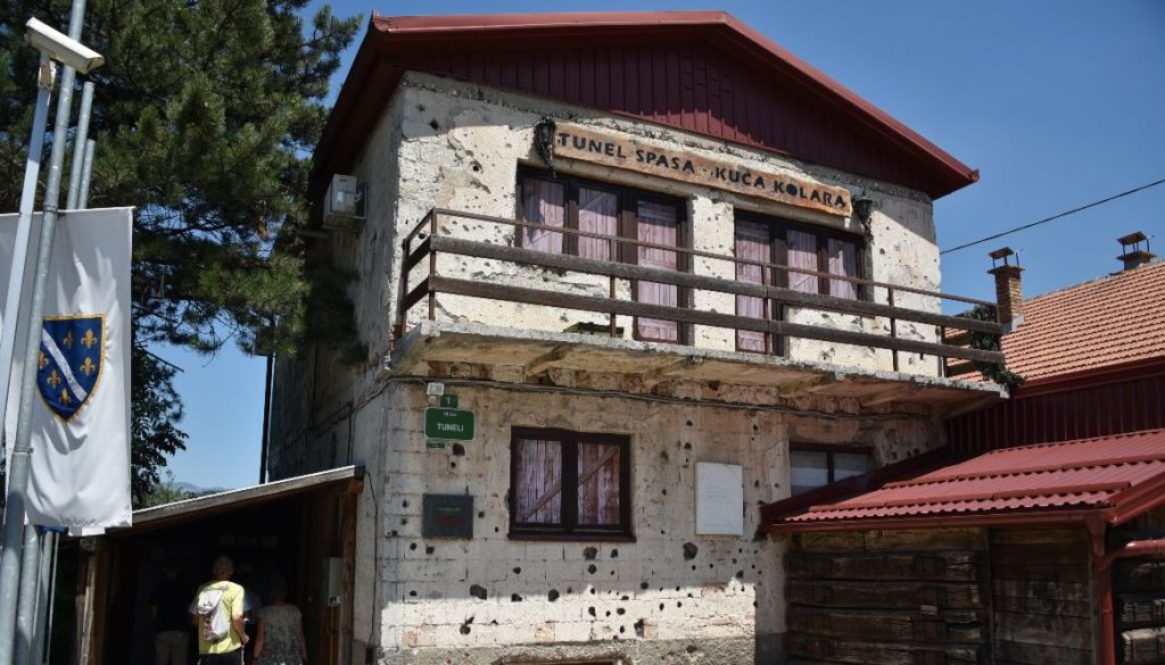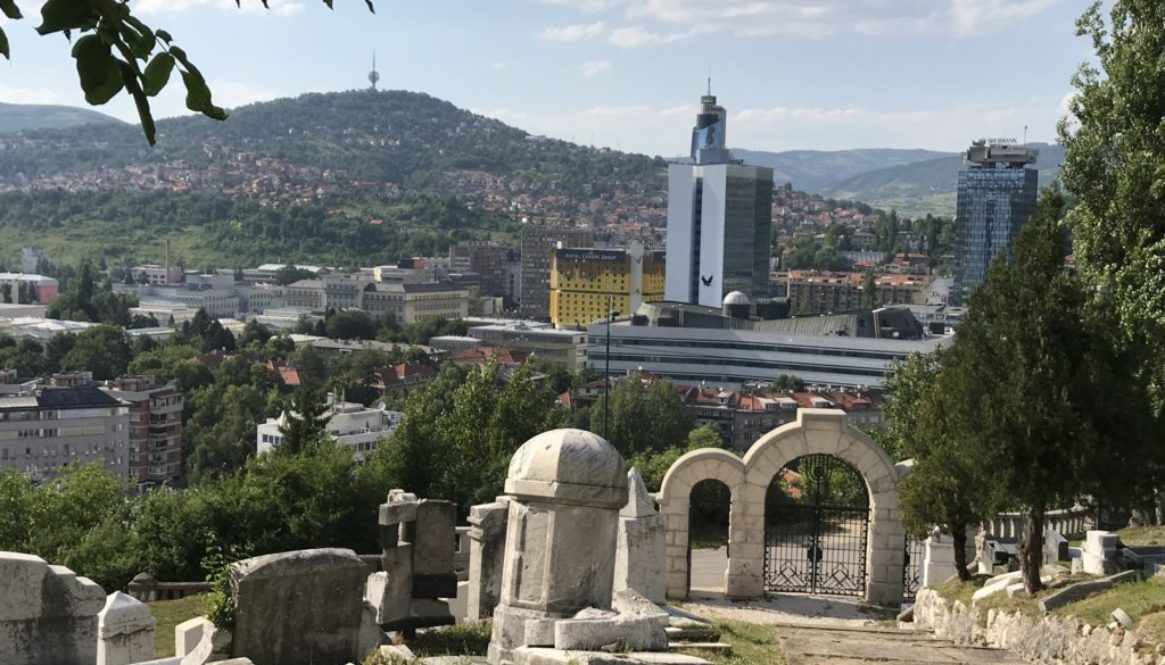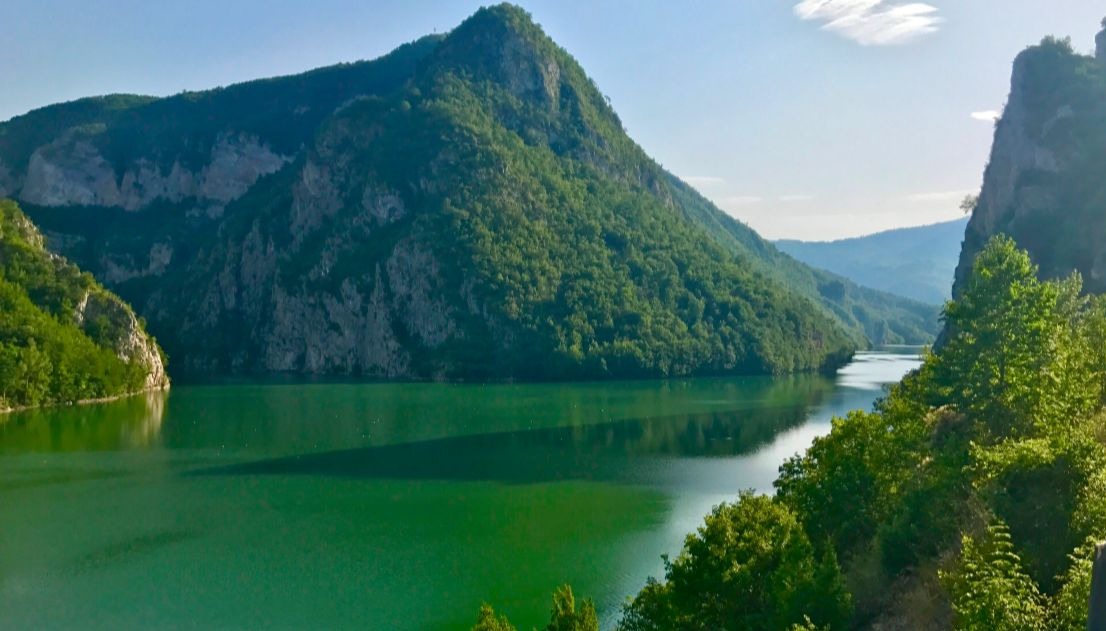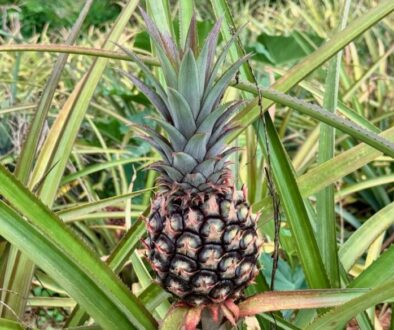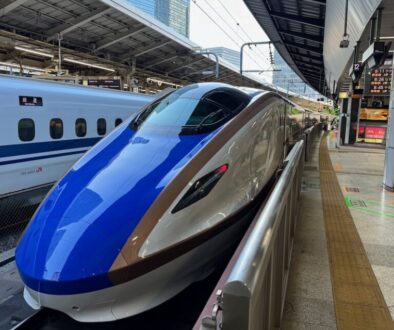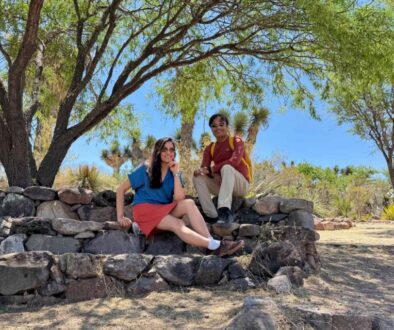Complete Balkan Tour and Epic Road Trip for You
We started our 12-day road trip of the Balkans, in Bosnia and Herzegovina. This was a much-anticipated trip for us as it is a relatively less traveled region of Europe and the world. We were a little nervous, excited and definitely curious to learn about a region that has gone through so much in just our lifetimes. The Balkans road trip was one where we learned much about human resilience and how we are all connected. Despite our many differences, we’ll are part of the same human fabric.
Contents
- Day 1: Sarajevo, Capital of Bosnia & Herzegovina
- Day 2: Drive from Sarajevo to Dubrovnik, Croatia
- Day 3: Dubrovnik, Croatia
- Day 4: Drive from Dubrovnik to Shkoder, Albania, through Montenegro
- Day 5: Albania – Shkoder and Lake Komani
- Day 6: Drive from Shkoder to Lake Ohrid, Macedonia
- Day 7: Lake Ohrid, Macedonia
- Day 8: Skopje, Macedonia
- Day 9: Pena/Pec, Kosovo
- Day 10: Drive from Kosovo to Serbia
- Day 11: Uvac Canyon, Serbia, and Drive to Sarajevo
- Day 12: Sarajevo, Bosnia Herzegovina
- Balkan Tips for a Great Travel Experience
- Frequently Asked Questions about Balkan Travel
- Related Articles
We share our Balkan itinerary for you to use as a starting point and customise your Balkan travel.
Day 1: Sarajevo, Capital of Bosnia & Herzegovina
After 15 hours of flying, indulging in gourmet Pide and Baklava at the Turkish lounge in Istanbul, we were welcomed by the most stunning sunset when landing in Sarajevo, Bosnia.
As we arrived at Sarajevo for our Balkan tour, we immediately got a taste the niceness of the people, right at the Hertz car rental office. The guy said to just call when we get back and he would even come to the hotel to pick the car!
We started the evening looking forward to traveling through this region of Eastern Europe for the next 11 days.
Day 2: Drive from Sarajevo to Dubrovnik, Croatia
On the scond day of our Balkan tour, we drove from Sarajevo through the lush green landscapes of the Neretva Canyon and Jablaničko Lake in Bosnia, stopping in Jablanica to see a bridge from World War 2, a symbol of destruction and a reminder of horrors of WW 2.
Mostar old town and Mehmet Koski Pasha mosque are a living example of hatred inflicted by religious zealots as well as the human compassion that can overcome anything. The Old bridge (Stari Most) in Mostar was destroyed and rebuilt by UNESCO, but in the backstreets the remnants of the 1993 war are all too obvious.
Blagaj, the site of 600 yrs old oldest Dervish monastery at the base of a cliff, next to the source of Buna river, is a serene escape for all.
After passing through the medieval stone-made town of Pocitelj, we arrived in Dubrovnik.
Figs were in season at the time and local farmers were selling the most delicious ones all along the country roads along with much other produce. We got a bunch of fruit for your Balkan road trip.
Day 3: Dubrovnik, Croatia
We spent the day exploring the glorious history and harrowing recent past of the stunning town of Dubrovnik, Croatia. We took a free walking tour with a girl born in a bunker under bomb shells. Later we walked the wall surrounding the city which has protected its residents for centuries. On “War Walk”, we learned so much about the siege of Dubrovnik in 1991 which we totally missed in the media. The city is also home to many historic churches and museums. Dubrovnik a highlight for any Balkan tour.
A cable car ride up the mountain offered the best views of the Adriatic. Our special treat was the opportunity to watch a stunning sunset over the Adriatic with scattered islands in the water and clouds in the sky.
Day 4: Drive from Dubrovnik to Shkoder, Albania, through Montenegro
Driving along the scenic blue Adriatic coast, we crossed over into Montenegro. The real treat though was exploring the Kotor Bay by a small speed boat. We got to see the Blue Caves, ex-Yugoslav submarine tunnels, the prettiest town of Perast and the historic old town of Kotor itself, which is a UNESCO world heritage site.
Crossing the Montenegro-Albania border took forever because of the slow chatty officials. On your Balkan itineray be sure to allow time for border corssings. We then navigated the one-lane narrow mountainous road to Shkoder, which has been one of the most strategic places in Albanian history going back centuries.
Day 5: Albania – Shkoder and Lake Komani
The long and windy drive from Shkoder up to Loke Komani was totally worth it when we spent the day cruising the narrow canyons of Lake Koman in the Albanian highlands. The lake is formed by a dam on the Drini River. The magnificence of the mountains, some of which soar 1700m, was simply mesmerizing. The boat took the path of the meandering river. It twisted and turned seemingly heading for the impenetrable rock faces but steered clear the whole time.
Albania is a beautiful country, albeit with a sting communist past. It has only the very basic facilities, which makes it even more authentic. Albania may not be in all Balkan itineraries, but Mother Teresa’s country of birth should be on you Balkan travels for sure.
Day 6: Drive from Shkoder to Lake Ohrid, Macedonia
On our 6th day of our Balkan itinerary, we drove to Ohrid through Tirana, the capital of Albania. It had the most chaotic traffic. Definitely not for the faint of hearted. In addition, the freeway from Tirana was under construction and Google maps had no clue.
We asked the locals for directions and finally made it to our beautiful boutique hotel in the old town of Lake Ohrid, Macedonia.
Day 7: Lake Ohrid, Macedonia
We spent evening the day exploring Ohrid, a small town on the shores of Lake Ohrid, which straddles the mountainous border between southwestern Macedonia and eastern Albania. Ohrid, a UNESCO world heritage site, is referred to as Jerusalem of the Balkans. It has 365 churches, one for every day of the year. We took a guided walking tour of the town and a boat ride. The sunset boat ride on the tranquil lake was soul fulfilling. Ohrid is also home to one of the oldest universities which is now being rebuilt alongside the archeological remains from the Roman period.
Macedonia is putting immense resources in building tourism and adding the coutry to all Balkan tours. In addition, there is a lot of national pride so much seems to be claimed as their own. I wouldn’t take all they say for face value.
Day 8: Skopje, Macedonia
We left the quiet of Lake Ohrid for Skopje, towards the childhood home of the Saint of the World, Mother Teresa. Macedonia takes immense pride in her. They have named nearly everything in her honor – highways, squares, streets, monuments, statues. Skopje has deep history going back to pre-Roman times but a severe earthquake in 1963 pretty much destroyed all the monuments dating back to BCE. Many of newer buildings are from the communist era, so, the government is making an effort to reface the drab facade and erect new monuments to make it a lively downtown.
Along the way, the government is spending billions of dollars to fabricate history. After a few years of tourism and blogs, people will really start believing the fabrications. The suggestions that Alexander the Great was Macedonian infurioriates their Greek neighbors. If you’ve visiting Skopje on your Balkan tour, go on a scavenger hunt for things copied and claimed as Macedonian.
The Old Bazaar was very interesting. There is a stone bridge from the Ottoman era. We got to try local vegetarian cuisine at a traditional restaurant.
Day 9: Pena/Pec, Kosovo
We spent the morning exploring the shores of Mavrovo Lake in the Mavrovo National Park, and the Church of Saint Nikolas which is usually submerged in the lake waters. Then, we made our way into the youngest of the Balkan countries, Kosovo, and met our guide Sali in Peja. Peja/Pec a small town in northwest Kosovo. Having gone through the independence struggle himself, Sali is very passionate about the past and future of Kosovo. We heard amazing stories of Kosovo’s history and lifestyle during the communist occupation and the wars.
Kosovo, with its recent independence with American support, was probably my most anticipated stop on our Balkan travels. We then explored the natural beauty around Peja/Pec. The highlight surely was Mirusha, the seven cascades waterfall. It didn’t have much water due to the dry season, but the hike up the five cascades was certainly the craziest thing we have done. We walked up vertical rock faces, hanging with the tip of our shoes and a rope over hundreds of feet of sheer cliffs.
We visited an archeological site of a palace from the Roman era where excavations were still in-progress. But, driving on the dirt road landed us in a local car repair shop. Our Roman history tour was quite an adventure.
The highlight of the day was our homestay in a “Kullas”. The Kullas in Kosovo and Albania are 200+ years old farmers’ houses that now being restored and turned into B&Bs. The farmers keep their cows on the ground floor, guests sleep on the second floor, and the third floor is the common area for gathering. The host, the farmer family, lives in the more modern house on the property. These Kullas are on the route of one of the top backpacking trails in the world, The Via Dinarica, that runs from Slovenia to Montenegro.
The Albanian host family prepared a grand vegetarian feast for us.
Day 10: Drive from Kosovo to Serbia
We woke up early to the sounds of cows and roosters in our Kulla, in the remote village of Decan in northwest Kosovo. We went out to graze the cows with our hosts early that morning.
Later we visited one of the most stunning orthodox monasteries from the 14th century with extremely well-preserved frescos. The Decani monastery, a UNESCO world heritage site, is still operational, and is currently being protected by NATO due to ongoing tensions between the ethnic groups in Kosovo. Our next stop was Nova Varos in Serbia which is about 2hrs away – however, we had to take a long 4-hour road trip. Serbia still doesn’t recognize Kosovo, so they don’t allow people to cross the border between the two countries. We had to cross from Kosovo into Montenegro and then into Serbia. It turned out to be one of the most scenic drives, but treacherous at times.
Day 11: Uvac Canyon, Serbia, and Drive to Sarajevo
We came by Serbia to see one of the natural reserves, Uvac Canyon Reserve and to experience the rural villages of Serbia. The Uvac canyon is a windy river almost like a serpentine. We took a boat into the river, stopped by a cave and then hiked up to the top of the mountain to get a full view of the serpentine. The hike was almost vertical ascent but filled with wildflowers, and the views didn’t disappoint.
The drive back to Sarajevo was along scenic Drina river. The route between Rudo and Rogatica was spectacular. It was hard to believe we were nearing the end of our amazing Balkan travel vacation.
Day 12: Sarajevo, Bosnia Herzegovina
The full circle of our Balkans road trip landed us back in Sarajevo. Sarajevo is an ethnically and politically complex place and we got a taste of it during our exploration of the city. Four ethnic groups have been living side by side somewhat peacefully until the war of 1991 when Sarajevo was under siege for over 4 years. All the news we had heard about Bosnia came alive when we visited the underground tunnel of hope that was dug up during the siege to supply food, ammunition and essentials. There are vivid reminders of the war all over the city, buildings that were bombed but never rebuilt, gravestones with bullet marks, even the bobsled track from 1984 Winter Olympics was used by the invading army as bunker. There is a clear demarcation of east and west Sarajevo: east being the the old town from the Ottoman times and parts of west looks very much like Vienna. The city has many sites preserved from centuries ago, colorful markets, trendy cafes and the beautiful promenade along the Miljacka river.
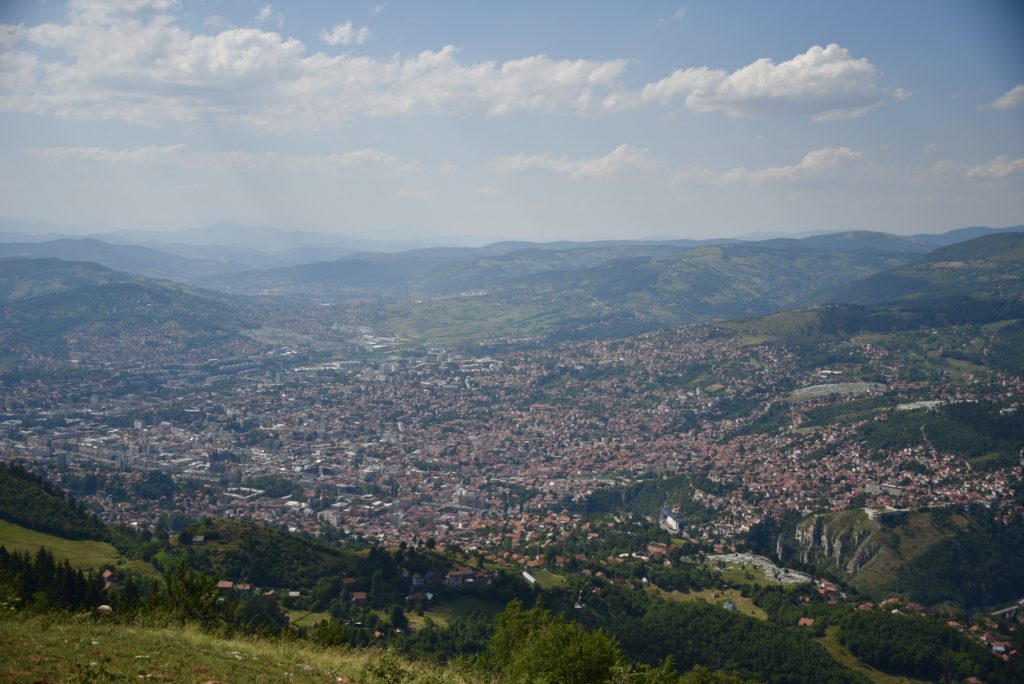
Balkan Tips for a Great Travel Experience
- Allow 30-90min for border crossings. At every border, there are two checkpoints – one for the country you’re exiting and the next one for the country you’re entering.
- If you’re traveling to Kosovo, follow the additional rules because many countries don’t recognize Kosovo as a country. Read details in my Balkan Tips post.
- Learn a few phrases in the local languages, but most people speak at least a little English or can find an English speaker nearby.
- Enjoy the fresh produce on the road side stalls.
- Support the local economy by stay with locals and buying local produce.
- Most roads are good, but rent an SUV so you can go off road.
- Apple and Google maps both had good coverage. Downloaded offline maps, because some mountains and forests don’t have a cellular signal.
- Most of Balkans travel is very inexpensive compared to western Europe, except Dubrovnik.
Be sure to read all the Balkans tips in my details post.
Frequently Asked Questions about Balkan Travel
Following are some commonly asked questions and responses from my personal experience.
Is it safe to drive through the Balkans?
We drove through the Balkan countries in 12 days. It felt completely safe and everyone was very welcoming. When we lost our way, people were very helpful on getting us back on track. We few times we landed on dirt roads and once we Google maps took us on a very long, remote and desolate drive through dirt roads of Serbia. So be prepared with maps, navigation, good car and fuel.
What is the best time to visit the Balkans?
We read that its best to visit the Balkans in shoulder seasons April to June or September to November. However, we went on our Balkans tour in July. As you can see from our Balkan itinerary, we had a wonderful time. We didn’t get too many crowds and the prices were very reasonable. If you’re traveling to Venice, I would absolutely recommend shoulder season.
Where are all the Balkans?
According to the dictionary The Balkan countries are generally considered – Croatia, Bosnia and Herzegovina, Slovenia, Serbia, Montenegro, Kosovo, Macedonia, Romania, Bulgaria, Albania, Greece, and the European part of Turkey.
Can you cross border with rental car in Europe?
Yes. Read more about border crossings in Balkan Road Trip Tips.
Is it safe to go to Kosovo?
We found Kosovo to be very safe and friendly young country. Like any other place, best to be aware of your surroundings and watch your belongings.
Can you drive from Serbia to Kosovo and from Kosovo to Serbia?
Serbia is one of the countries that does not recognize Kosovo as a country but rather considers Kosovo to be still part of Serbia. The lack of official borders makes the border crossings more complicated because your passport will beed a border crossing stamp and you travel the Balkan countries. I found detailed information here.

